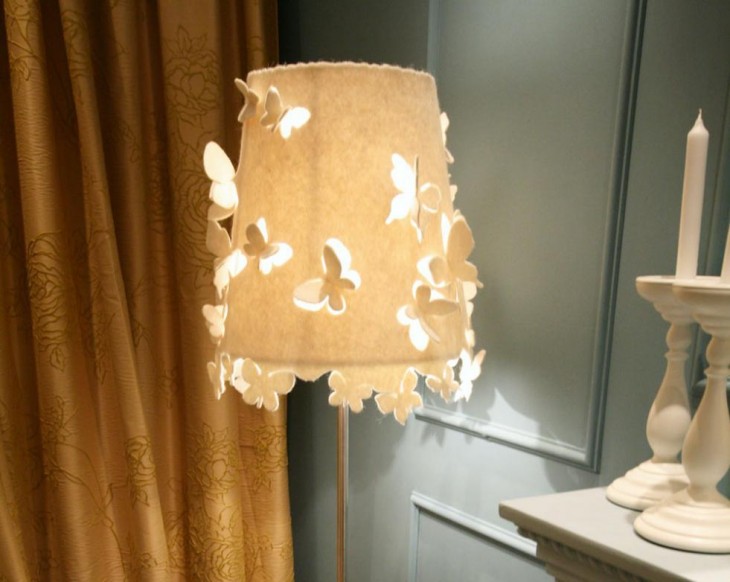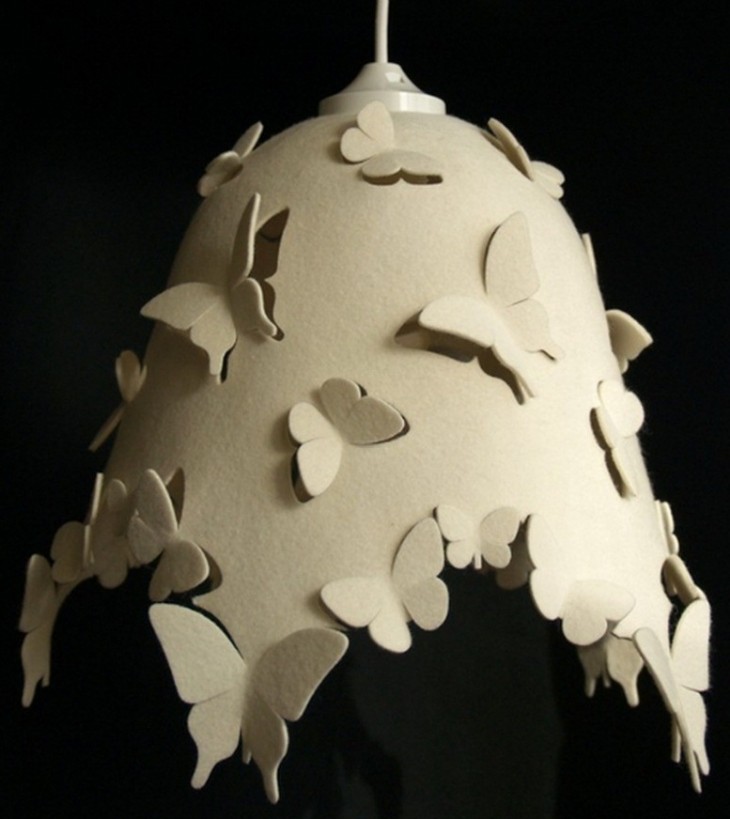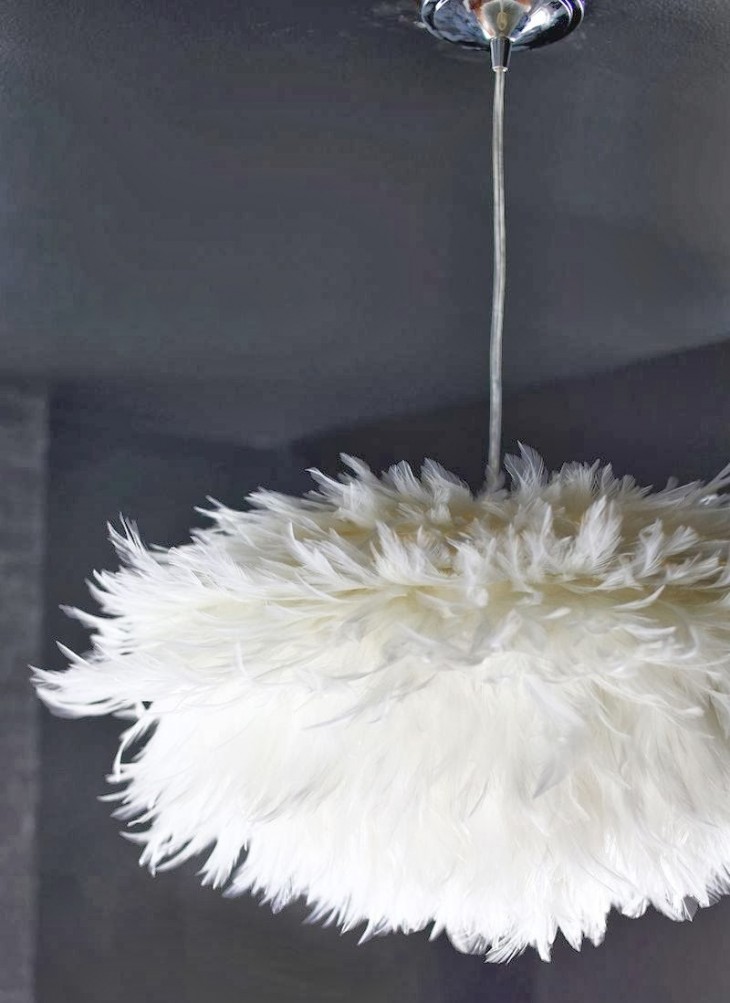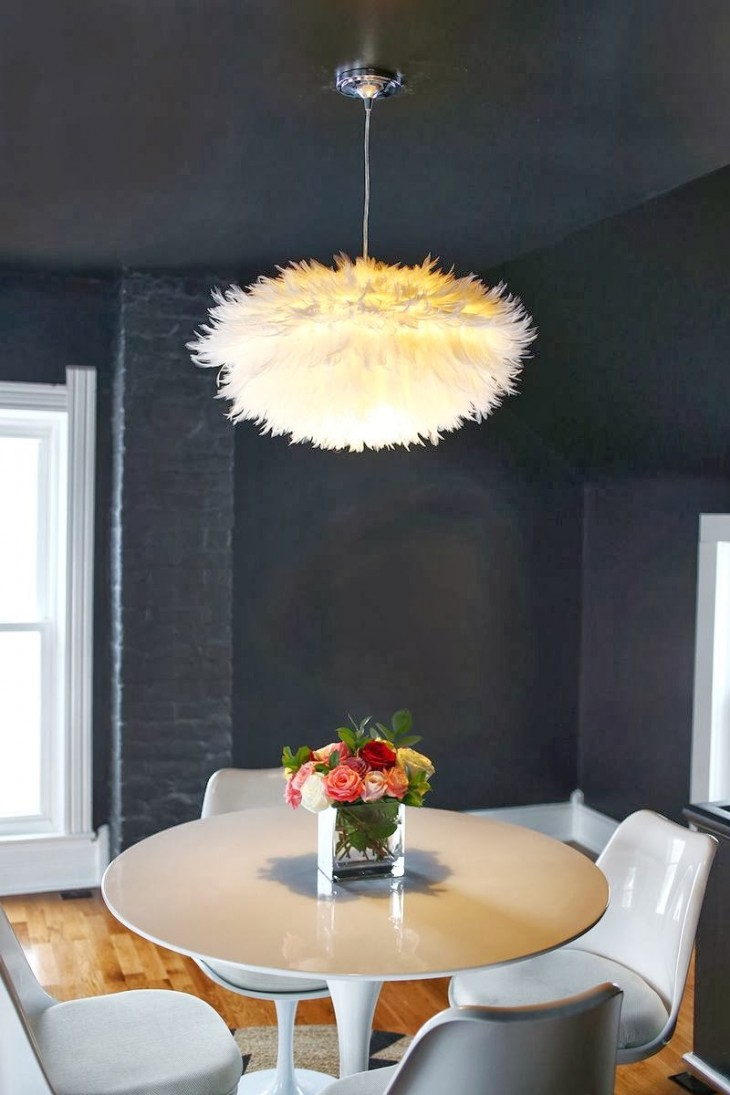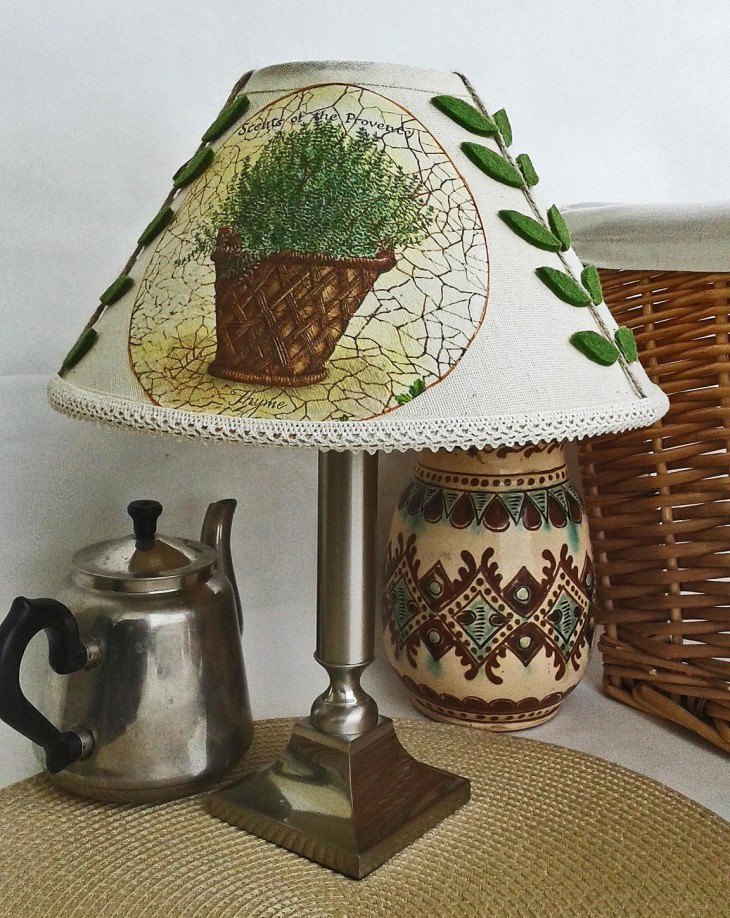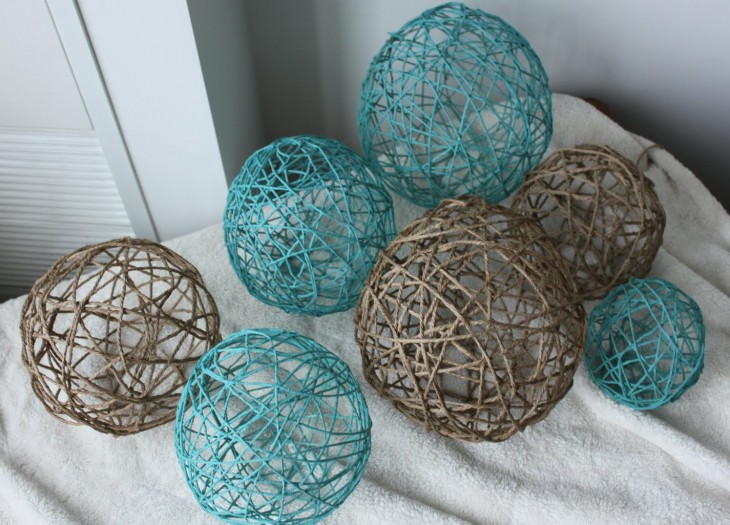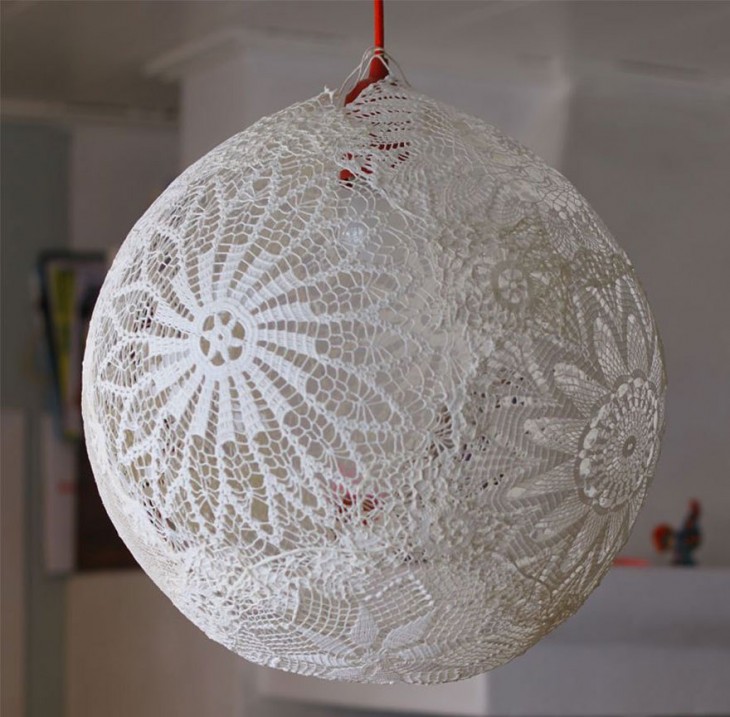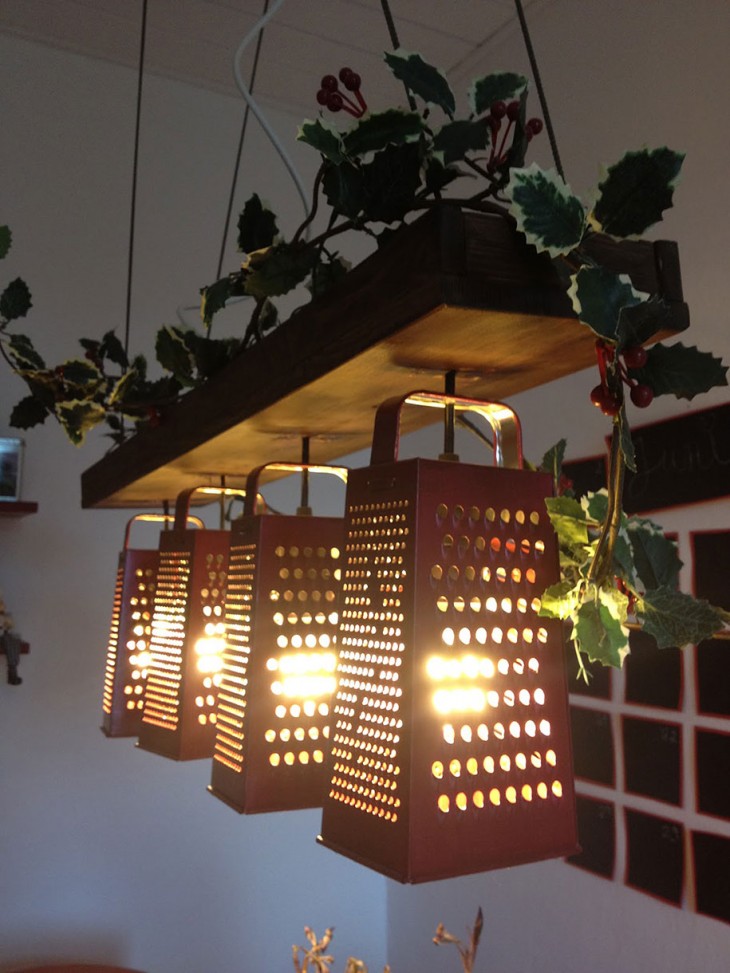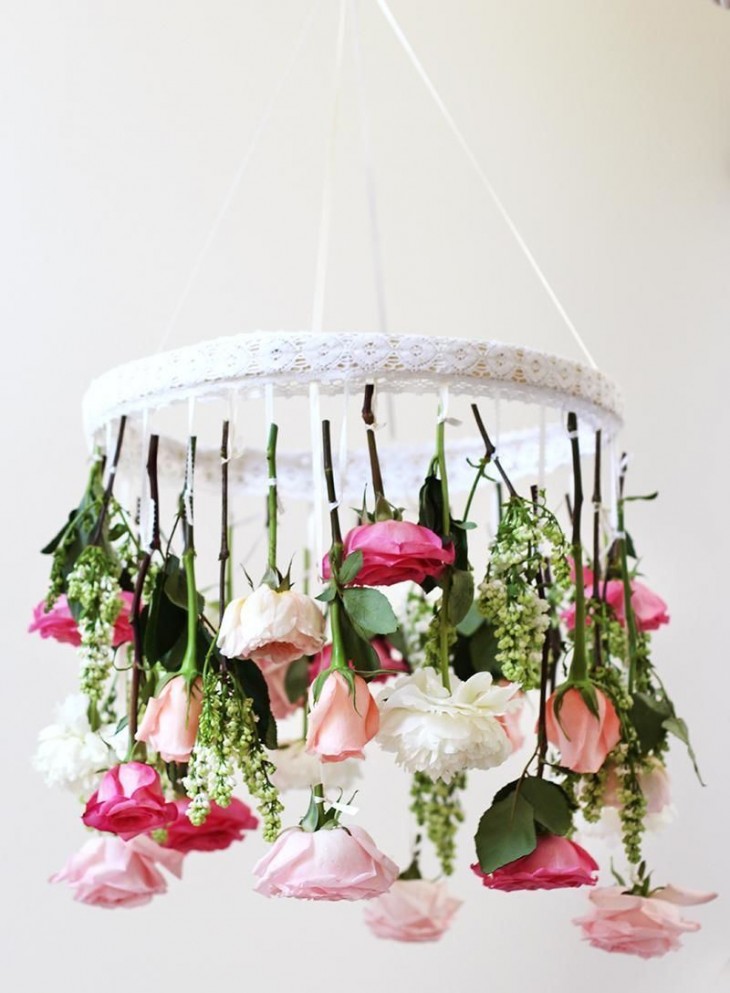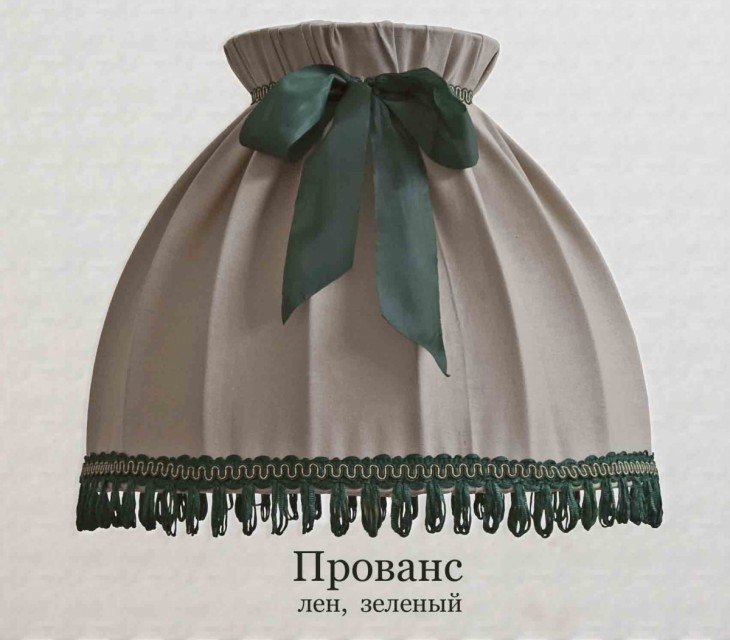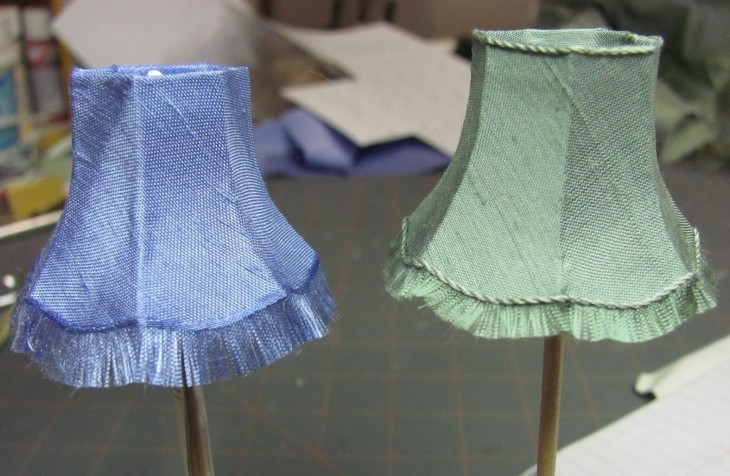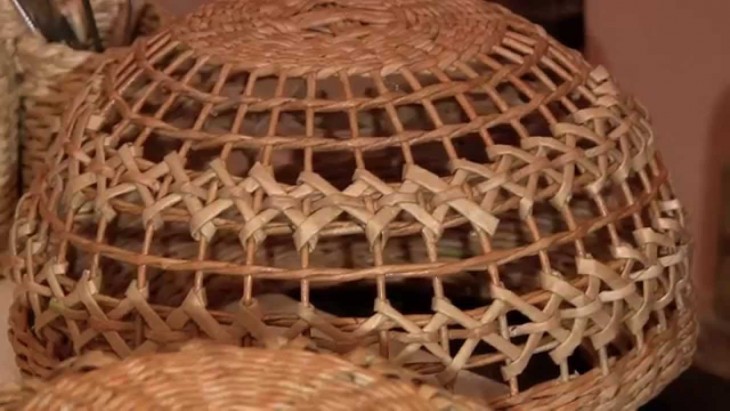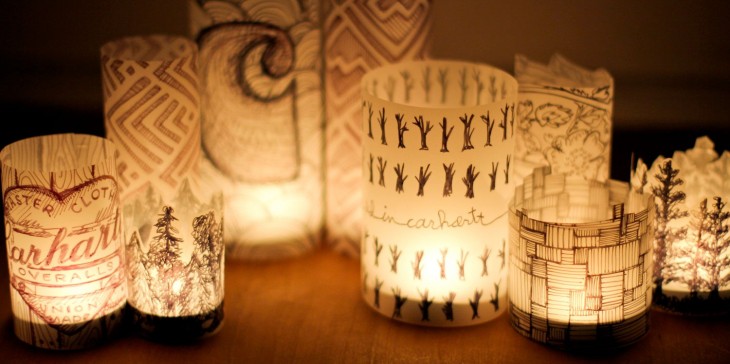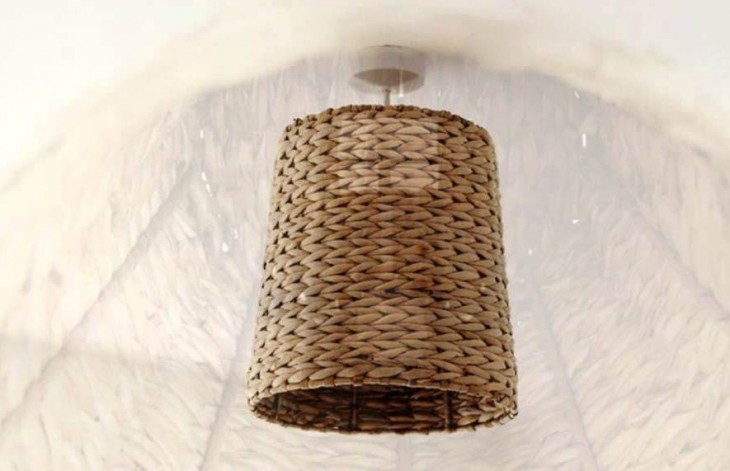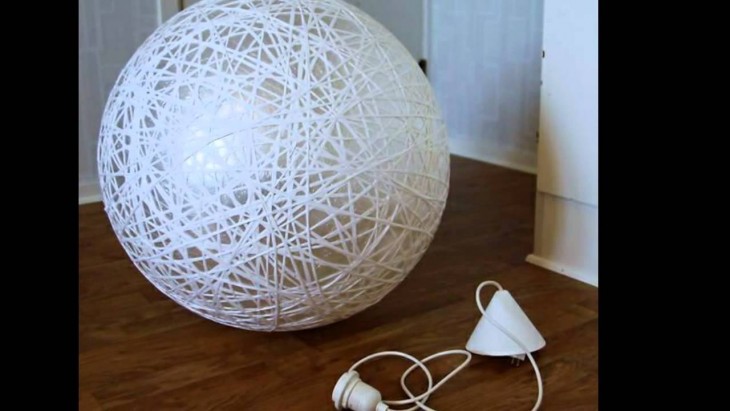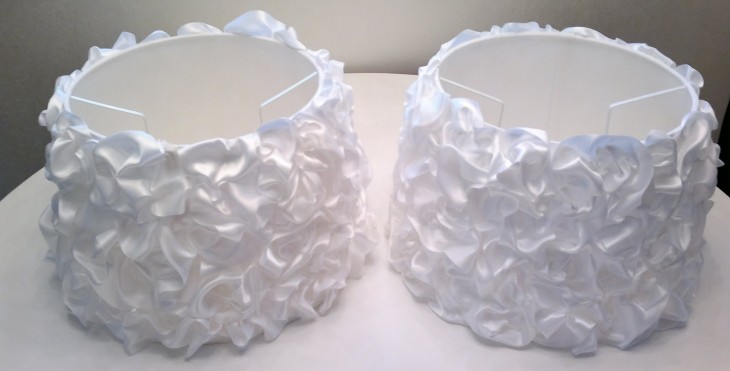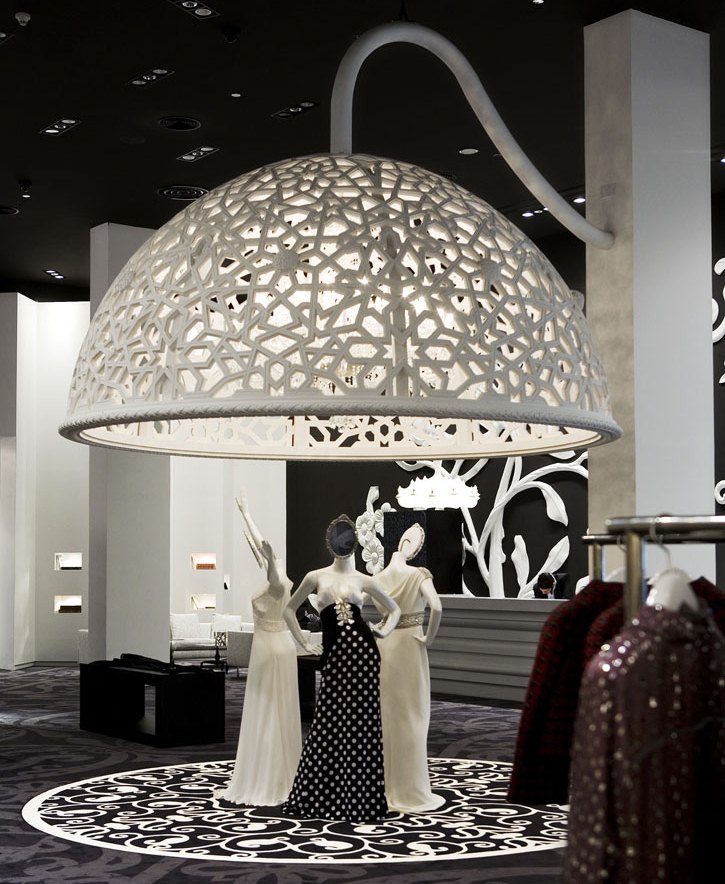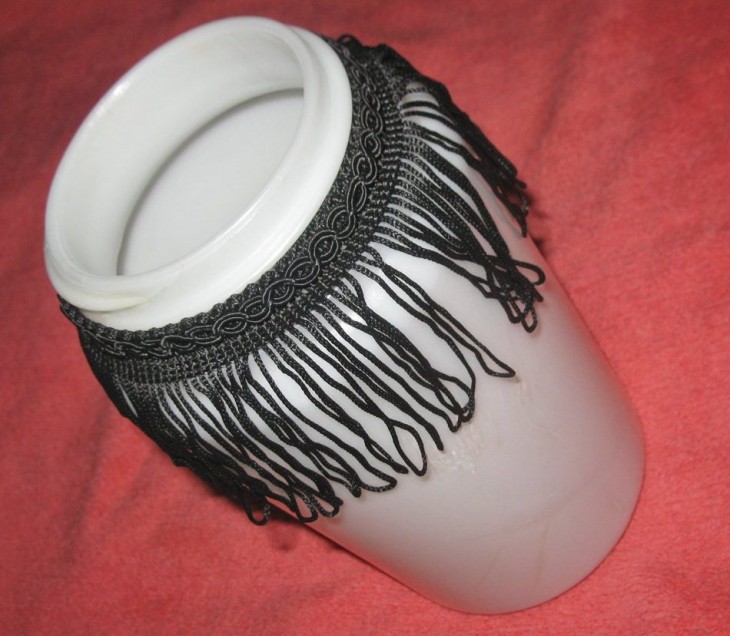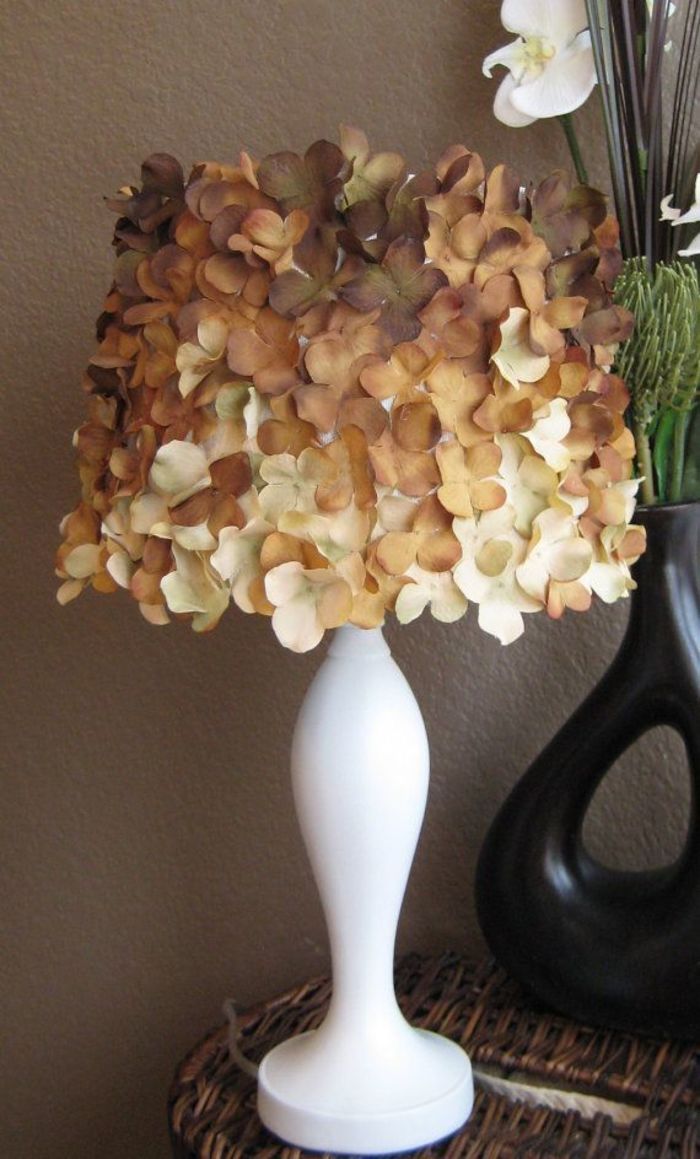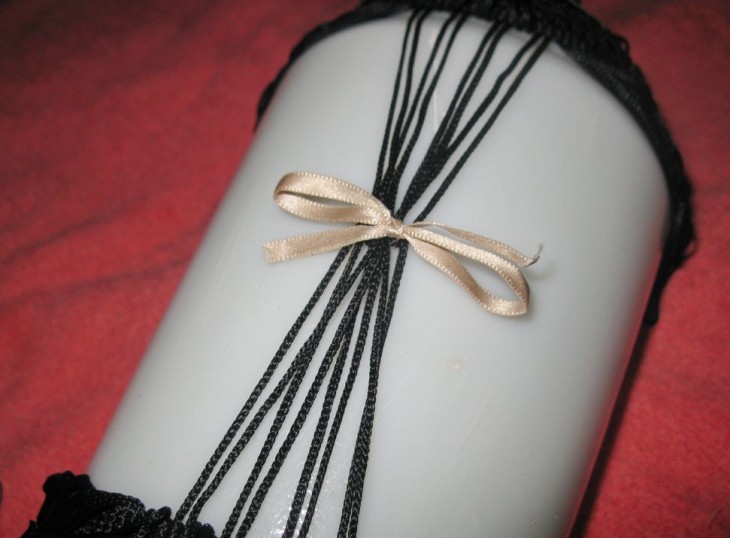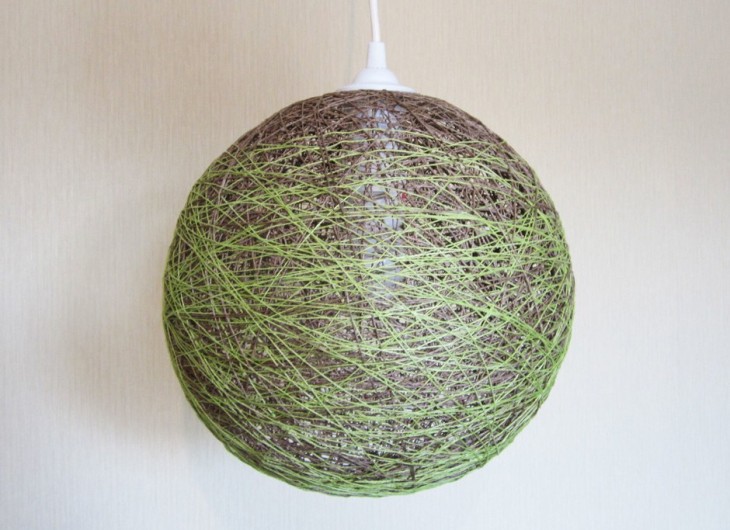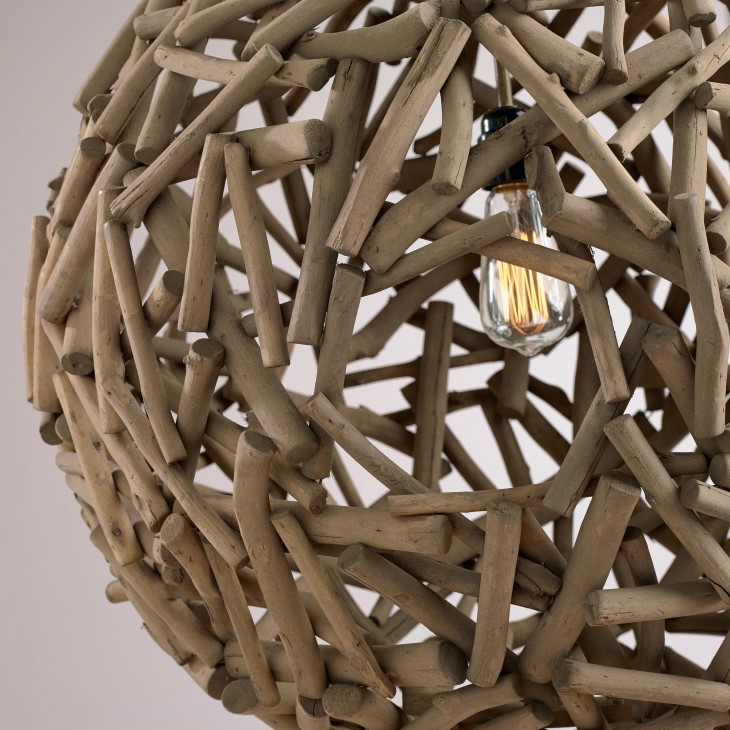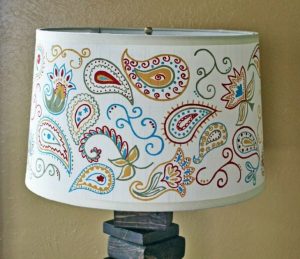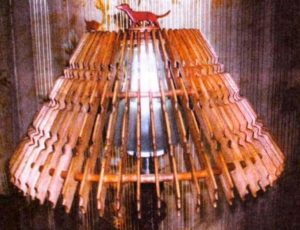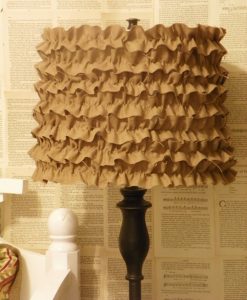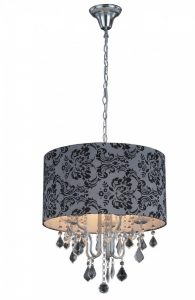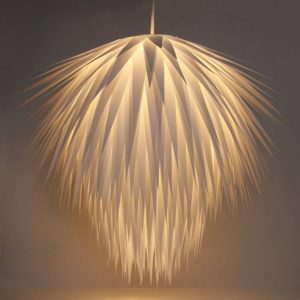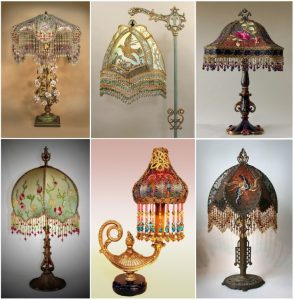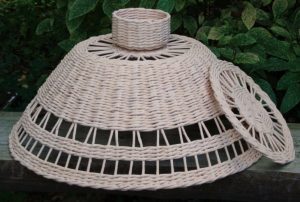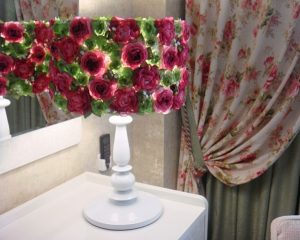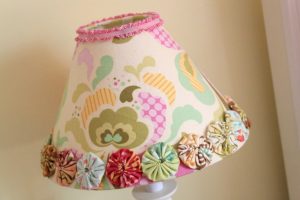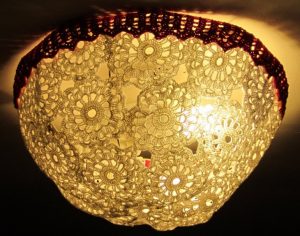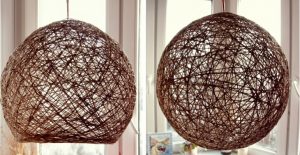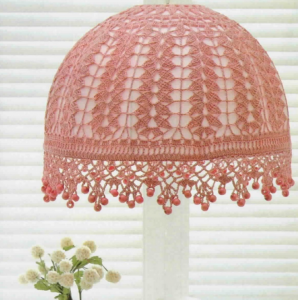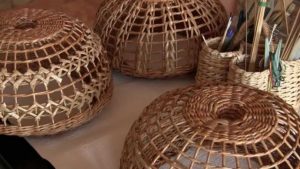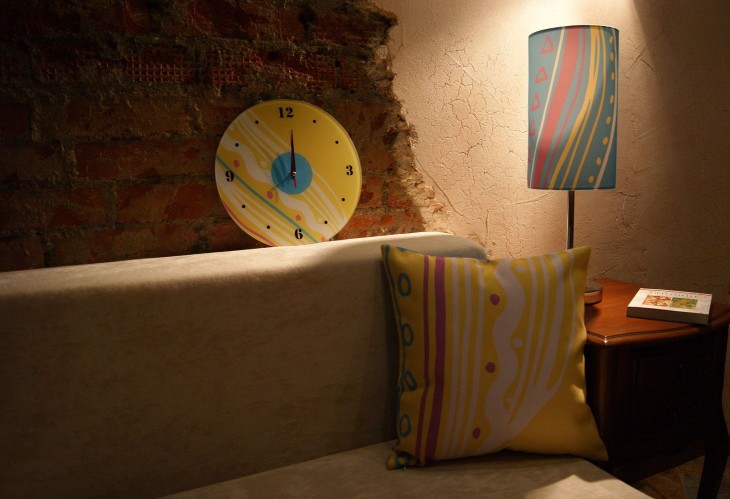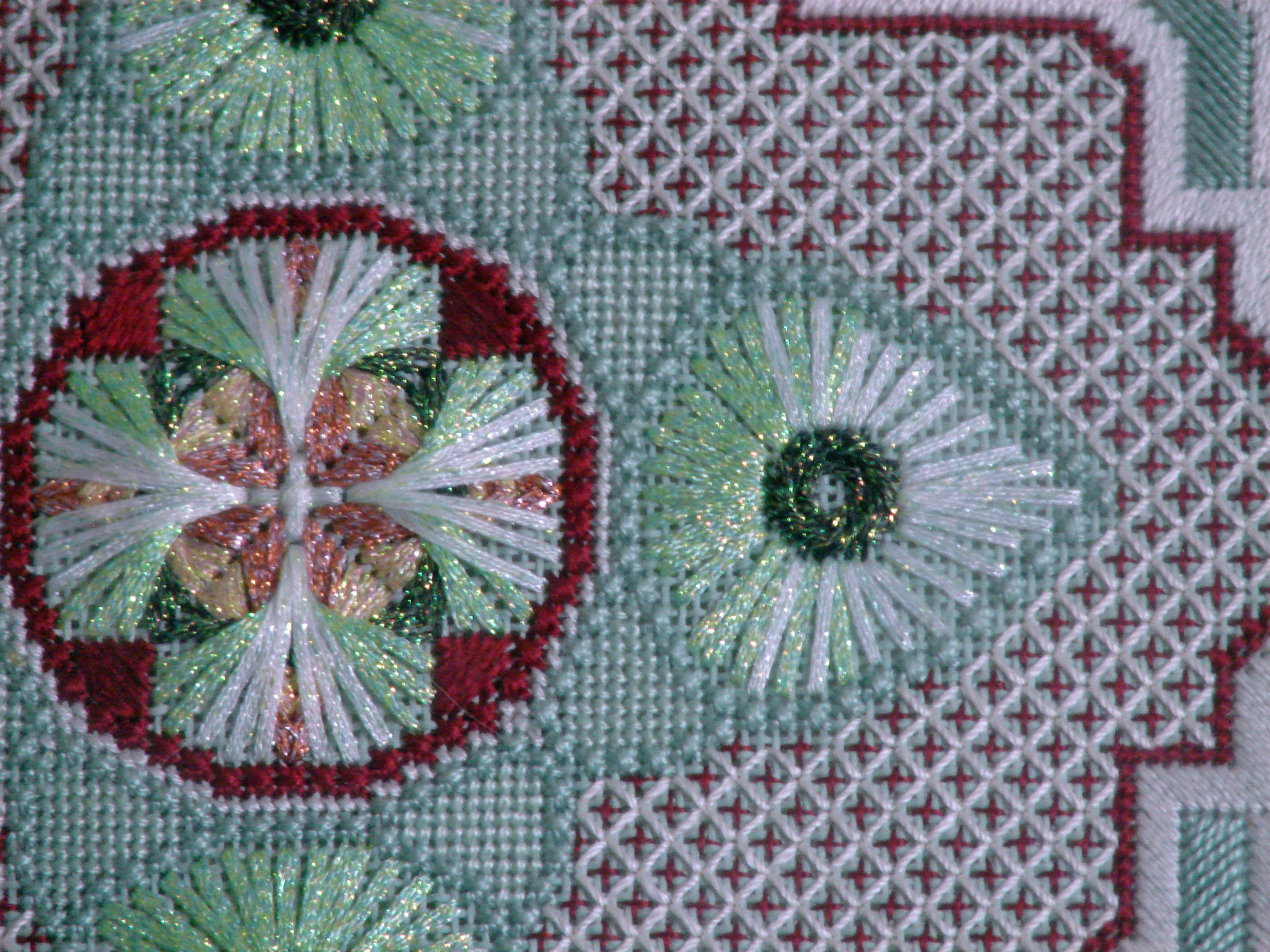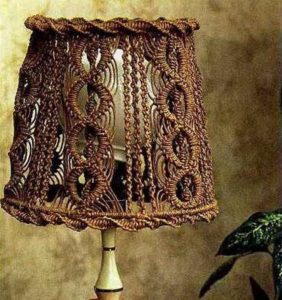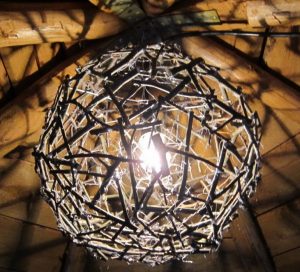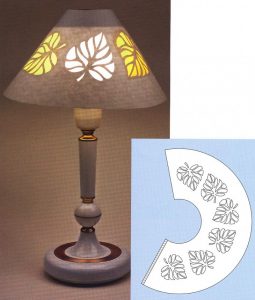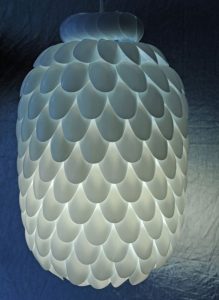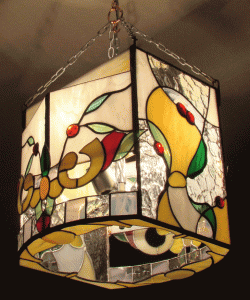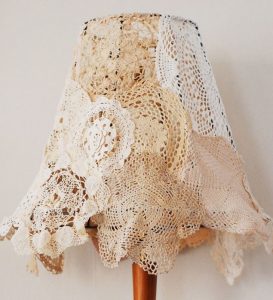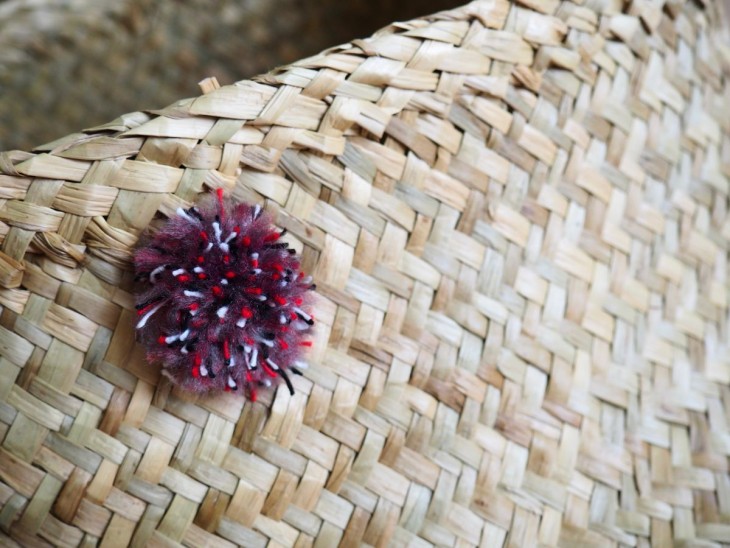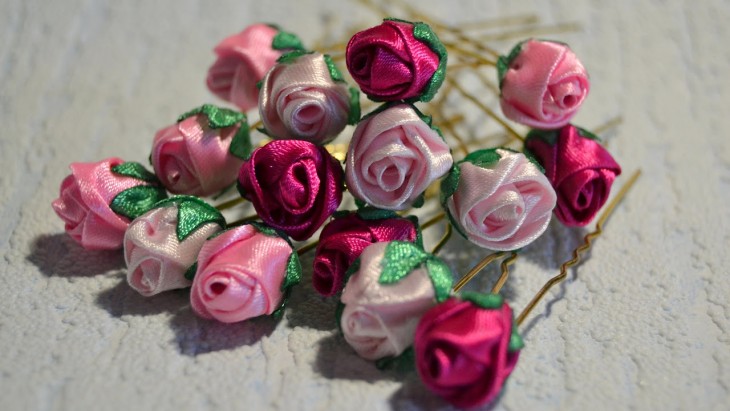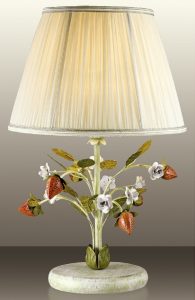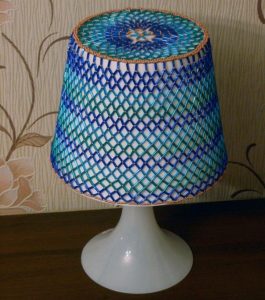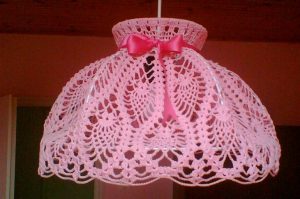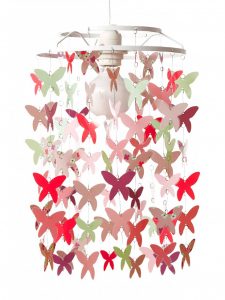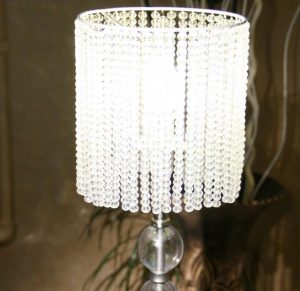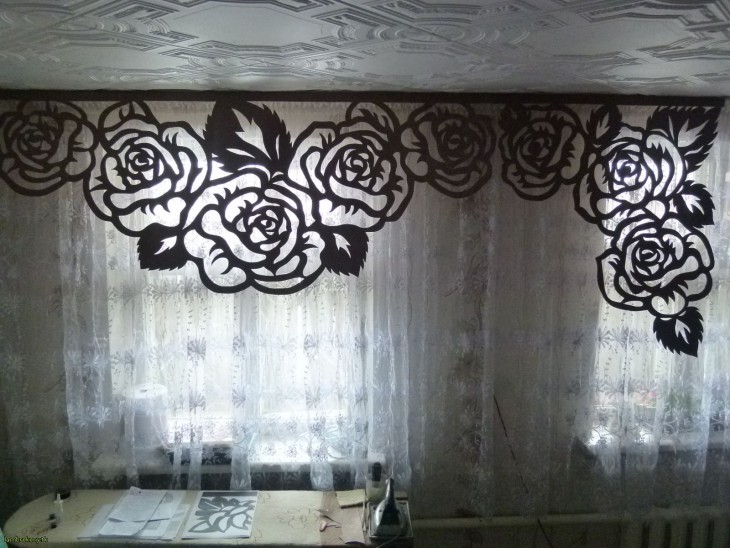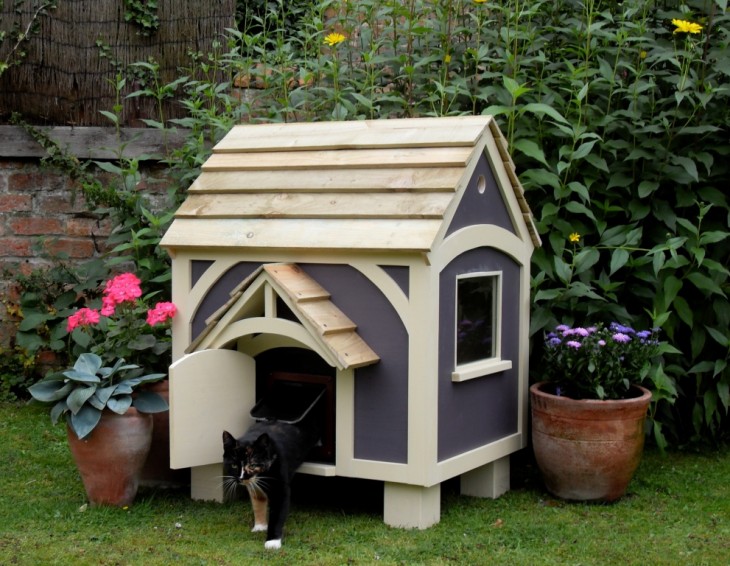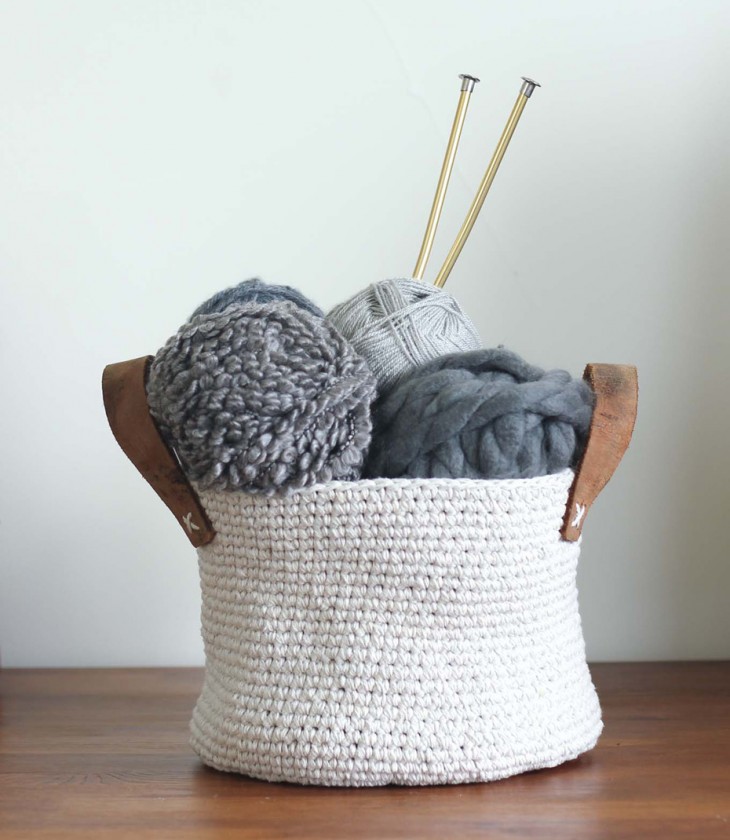When there is a desire to change the situation in the apartment and add a little originality to it - start with the little things. Try changing the lampshade and you will be surprised at the transformation of your family nest.
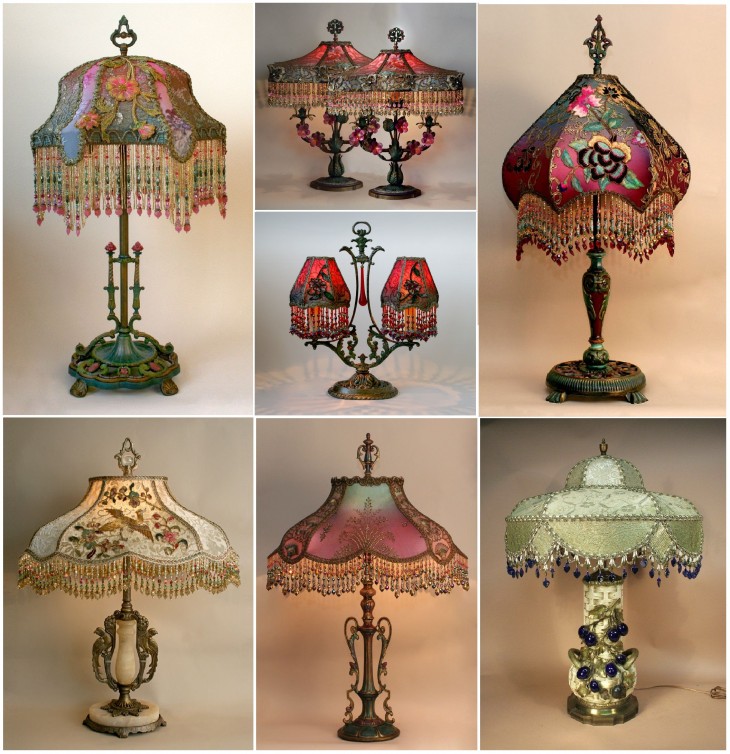
And if you can find an original model that differs from analogues, then the changes will impress not only you, but also your guests.
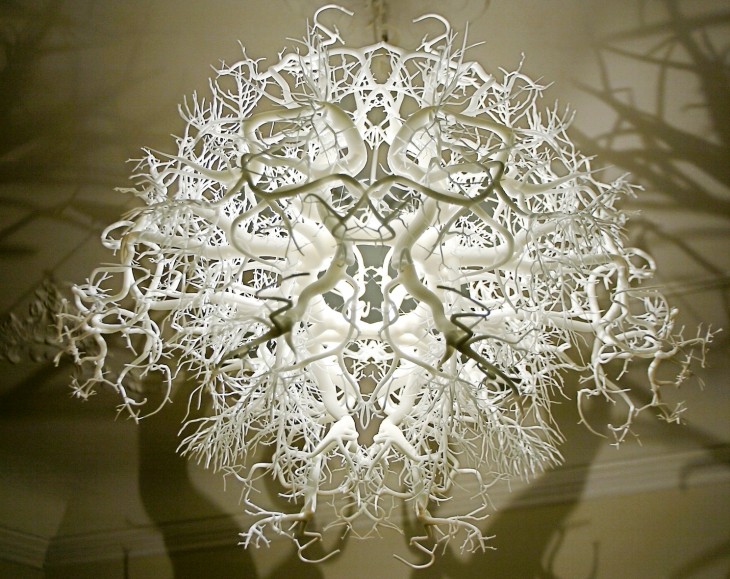
True, unique lampshades cost decent money, because piece work of eminent masters cannot be bought for a penny.
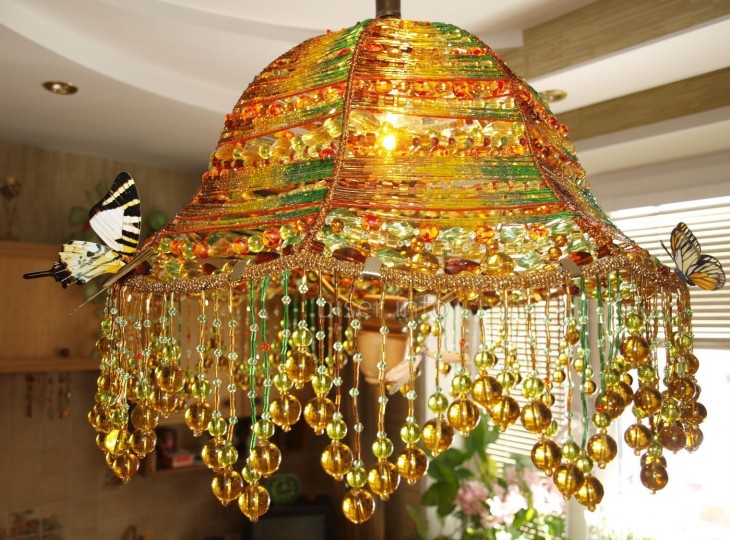
But no one bothers you to create your own unique masterpiece from cheap, and sometimes even junk, materials that will look much better than the samples presented in the store.
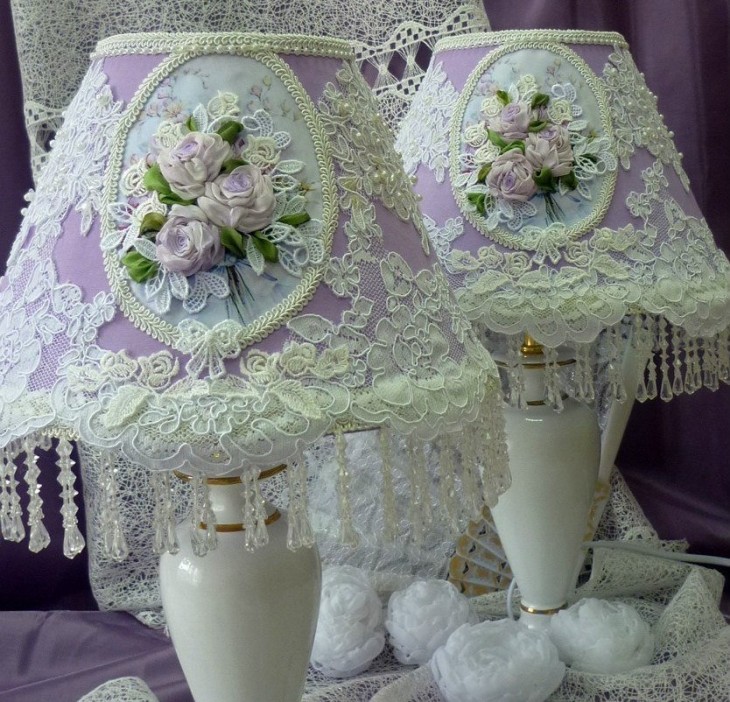
All you need is simple materials, a little patience and a flight of fancy, and we will tell you how to make a lampshade with your own hands.
Materials
You can create a masterpiece from everything you have at hand: fabric, paper, threads, twine, wire, plastic bottle, beads or beads.

In general, absolutely everything is suitable, even what you usually send in a garbage bag.
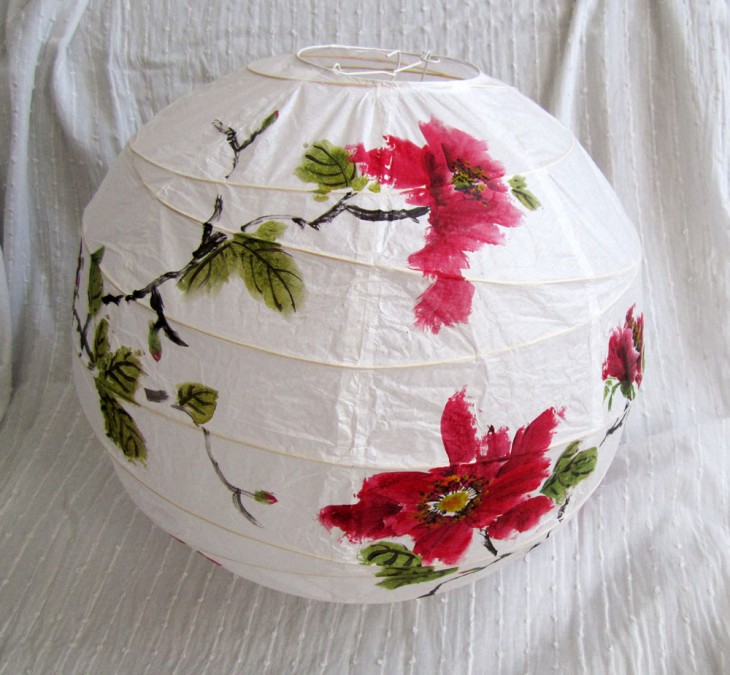
Do not believe? Just look at the photo of the lampshade.

Frame
If you have a frame from an old lampshade, then this is just great.

However, you should not be upset if one was not found, because you can create the frame yourself from ordinary wire.
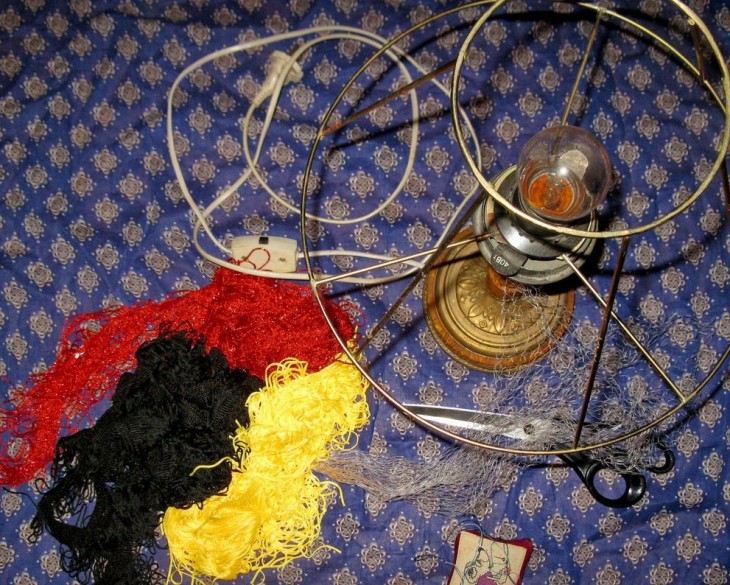
Copper, aluminum, steel - everything will fit that you can independently combine into a single design.
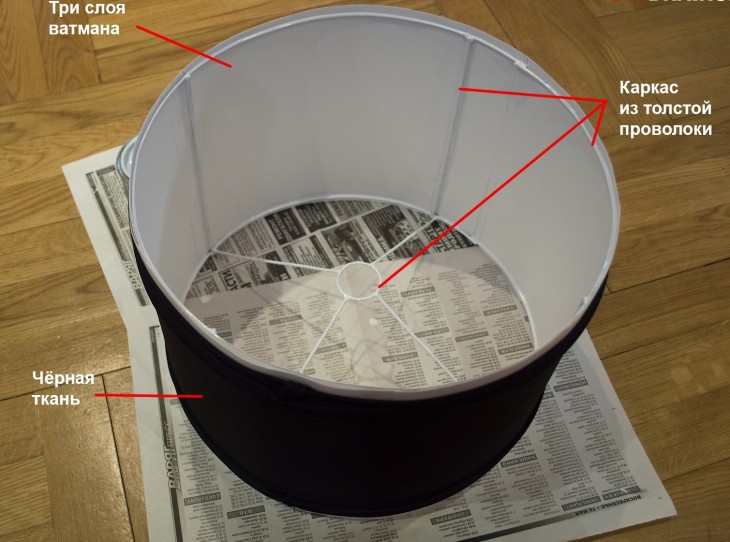
The metal frame of the classic lampshade consists of three rings and six jumpers between them. A small ring is a holder that connects with three jumpers to a larger diameter ring.
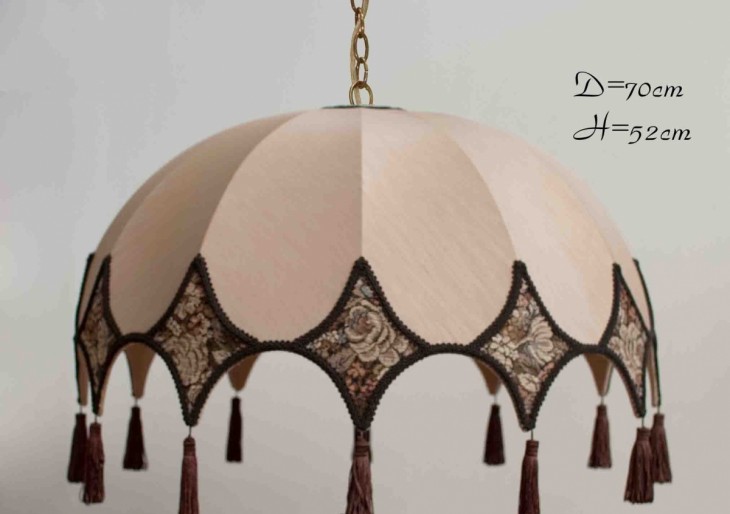
The same, in turn, is connected by jumpers with the last ring. The following photos will help you deal with the design.
From fabric
When there is a frame for a lampshade, the easiest way to create your own masterpiece is to wrap the base with fabric. To do this, you will need:
- paper (newspaper);
- scissors;
- the cloth;
- chalk or pencil;
- threads.

Wrap the frame with newspaper in such a way as to form a pattern from it. Then transfer the resulting form to the fabric using chalk, adding 1 cm on each side to the seam.

Make a pattern, chop off the edges and sew the sides, forming a cover on the basis of the future lampshade. We bend the upper and lower edges of the “cover” so as to close the rings of the frame and fix it with a seam.
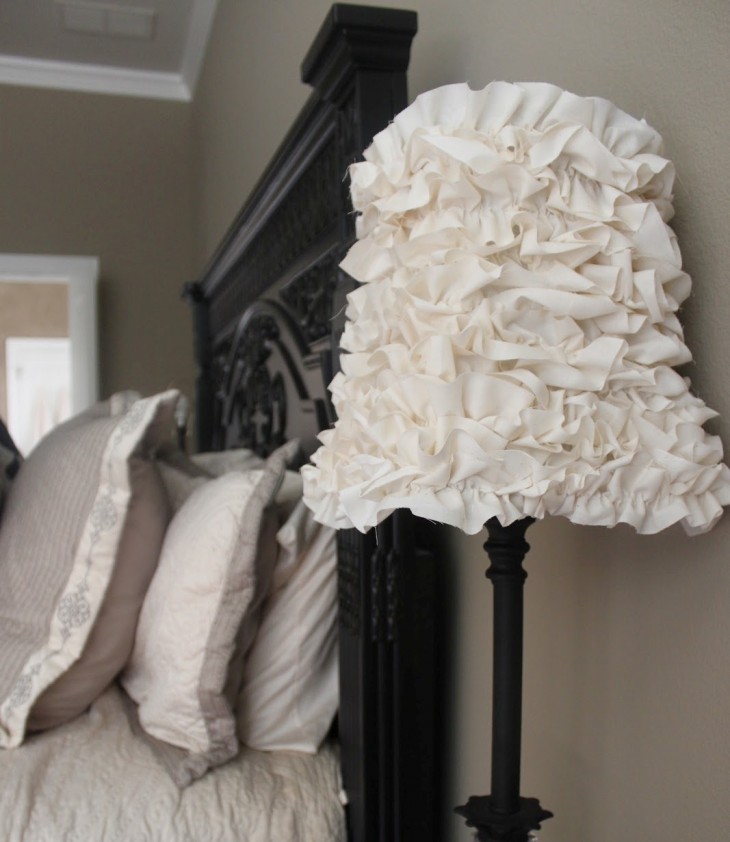
Note!
Voila, your lampshade for the floor lamp is almost ready. It remains to add a few highlights to your taste, giving it a unique look.
From threads
How to make a lampshade when there is no frame? As easy as pie.

Take a balloon without drawings, glue, thread, a marker and start creating.
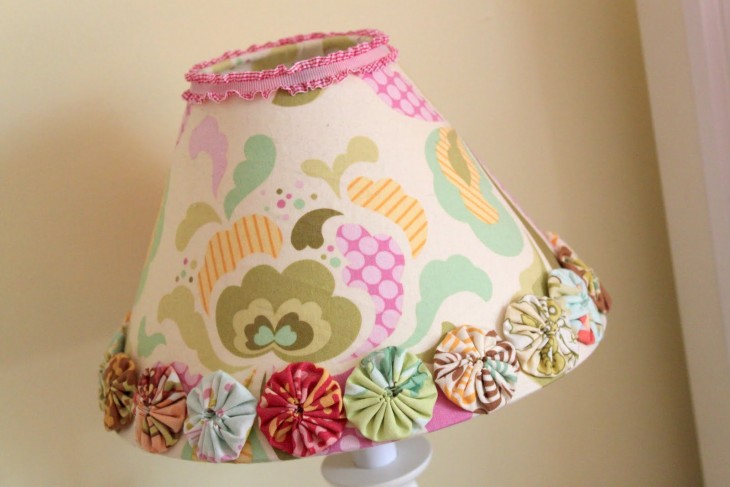
First you need to inflate the ball and mark on it the upper and lower boundaries of your future masterpiece. Then take the threads and wrap them around the ball, trying not to protrude beyond the marked contours.
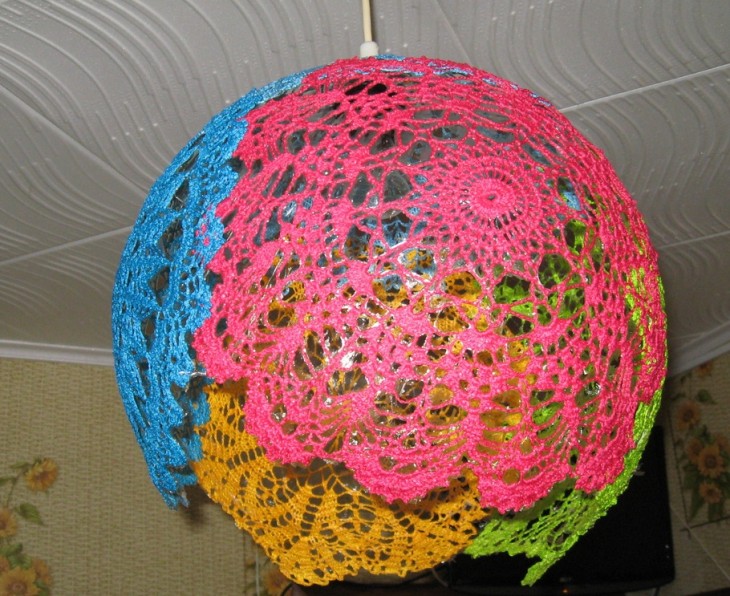
On each layer of thread, apply glue diluted with water 1: 1. When the density of the wound thread satisfies you, fix the cut edge and hang the ball to dry. After 3-4 hours, the threads will dry. Then pierce the ball and carefully disconnect it from the walls of the finished lampshade.
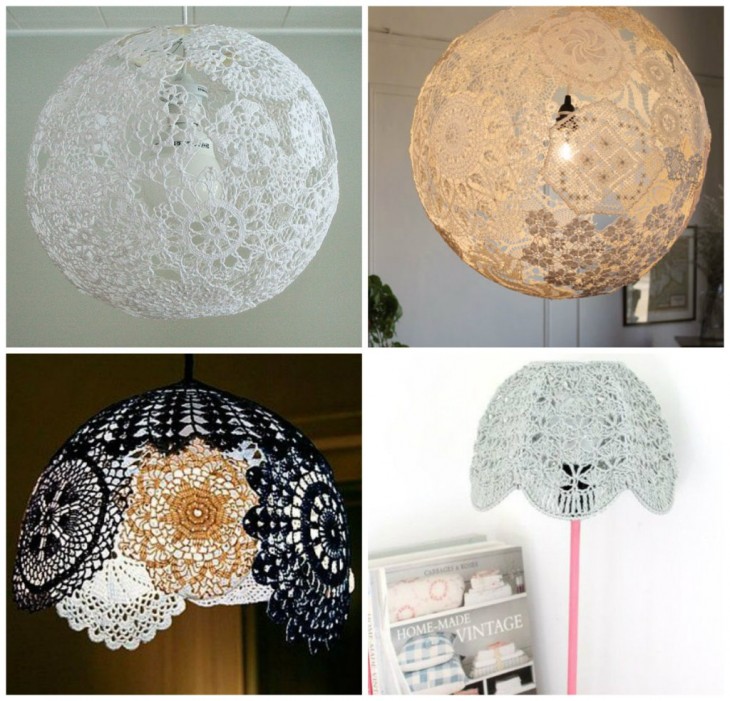
The leaves and flower petals interwoven between the layers of threads can give an additional charm to a thread lampshade.
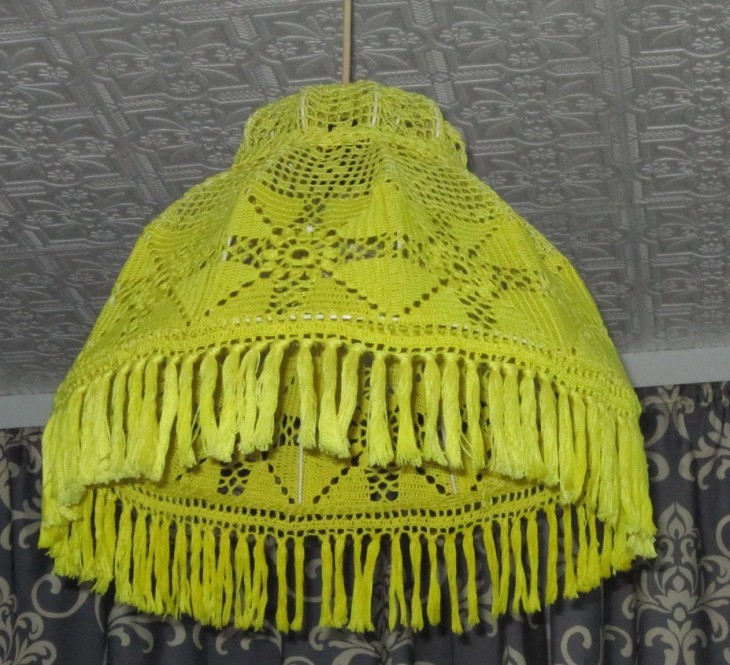
A ball decorated with sparkling bead droplets also looks original. In general, look and be inspired.
From paper
Plain sheets of office paper, glossy magazines, a cheap newspaper, an unnecessary book or an ordinary notebook, a paper towel or a napkin - these are all future lampshades.
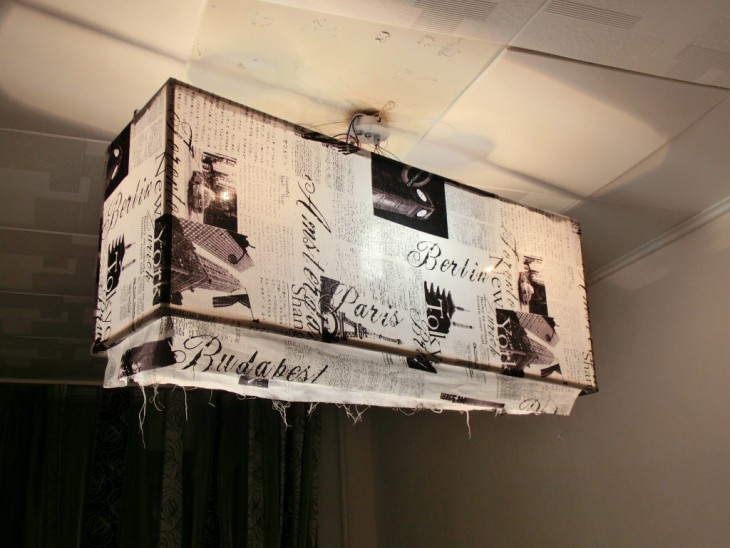
It doesn’t matter if there is a frame or not, the main thing is that there are scissors, glue and paper. A thousand and one versions of such lampshades can be described with the words “cut and sticker”.
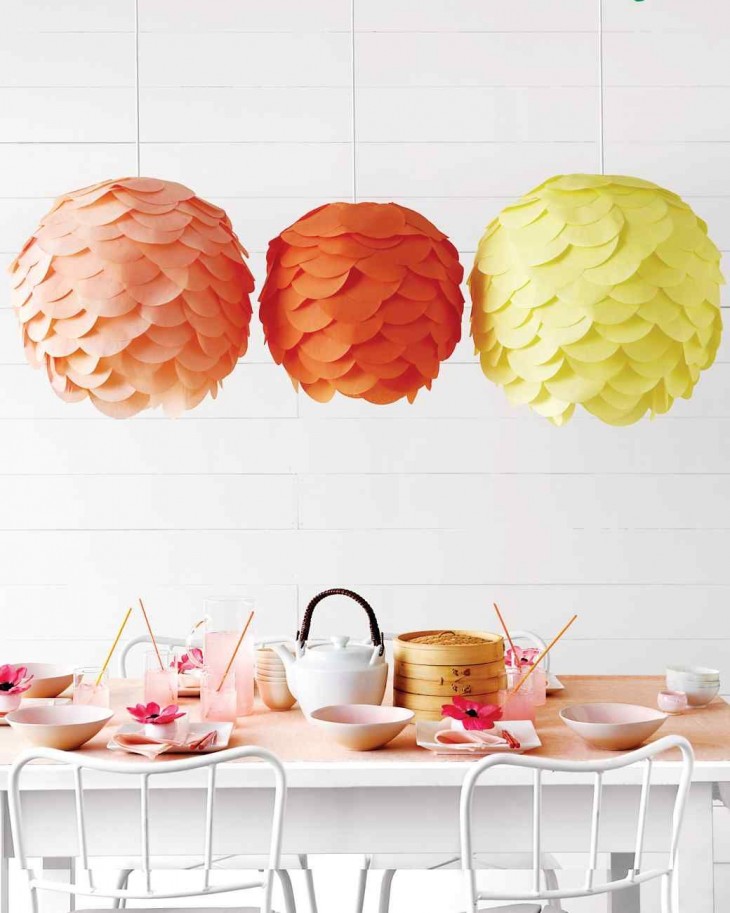
The main thing is not to forget a few simple rules:
- the paper lampshade is the safest to use together with the economy light bulbs, which heat up significantly less than incandescent bulbs;
- the diameter of the lampshade for lamps should be large so that the paper does not overheat;
- for a light room, you can make a lampshade from thick paper, but for a dark room you need a thin, good light transmission;
- Be careful with the color. For example, red or yellow paper will add warmth to the room, green and blue will add cold.
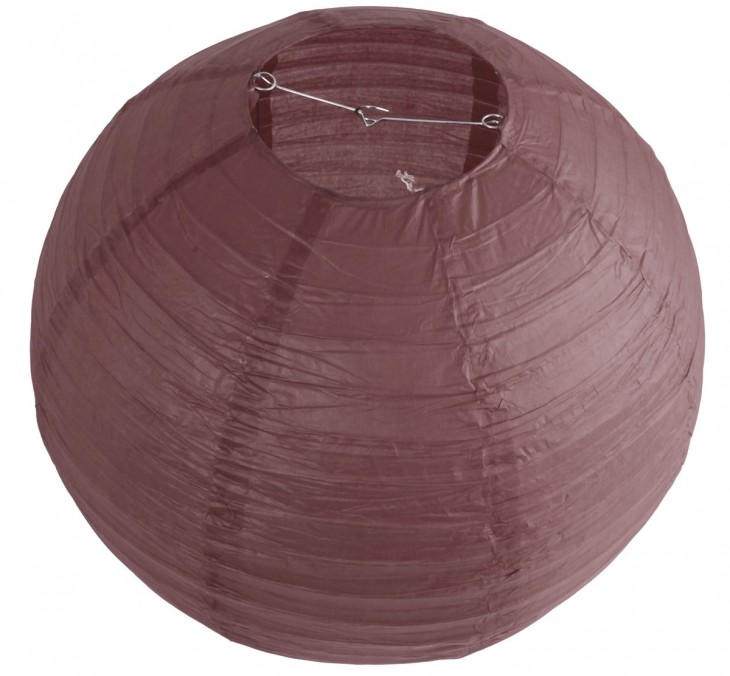
Well, that's all. Charge with new ideas, arm yourself with the tools at hand and go on, to easy changes that bring warmth and comfort to your home.

Note!
DIY lampshade photo
